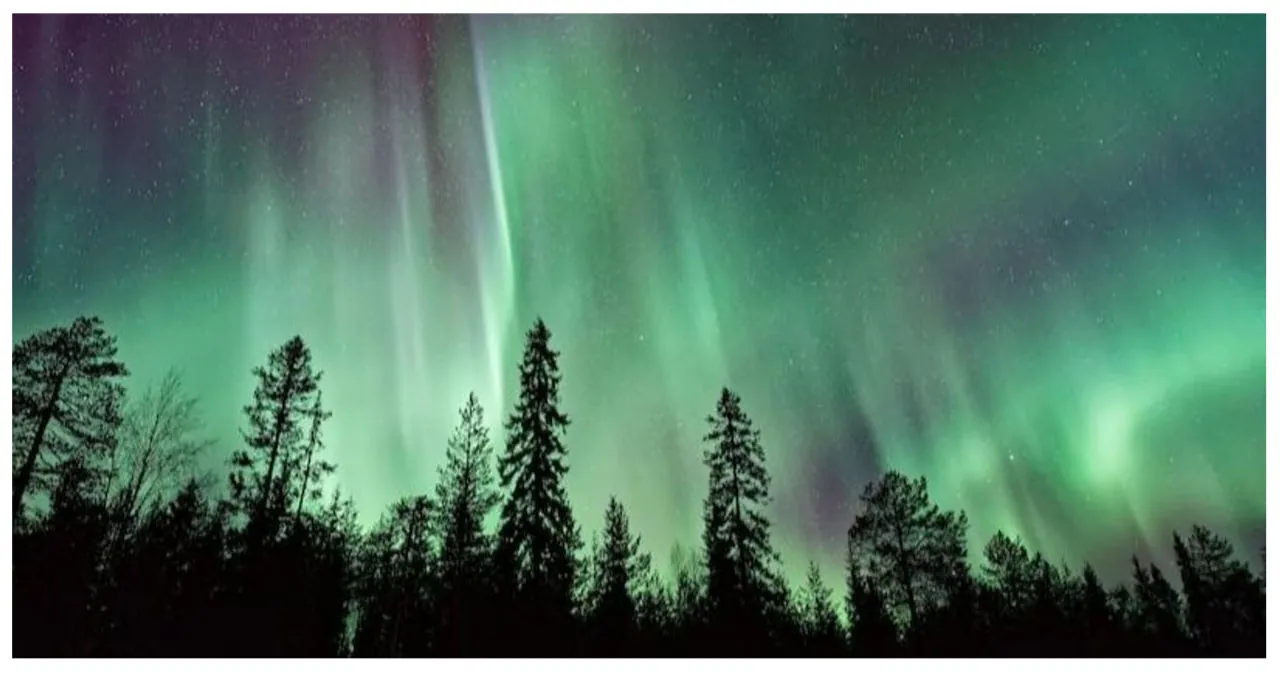Aiexpress – The Space Weather Prediction Center, a division of the National Oceanic and Atmospheric Administration (NOAA), has detected a coronal mass ejection that holds the potential for a captivating display of dancing auroras. This solar event is anticipated to cause moderate geomagnetic storms, resulting in the emergence of vivid shades of green, red, and purple light. The gentle shifting and transforming of these colors will resemble the graceful movement of softly blowing curtains, casting a spellbinding spectacle over the skies of Illinois. NOAA provides further details about this enchanting phenomenon.
Geomagnetic storming occurs when energy and small particles travel down magnetic field lines into Earth’s atmosphere, creating captivating light displays in the night sky.
According to the Space Weather Prediction Center, the lights are expected to be visible from 7 p.m. Eastern Time on Monday until 7 a.m. Tuesday. If you are unable to see the phenomenon directly, it is recommended to capture the northern sky using cellphone cameras. These devices are better at capturing the subtleties of the northern lights than the human eye.
Stay up-to-date with the celestial events taking place in Illinois by checking the 30-minute aurora forecast from the Space Weather Prediction Center.
Scientists are expecting 2024 to be an extraordinary year for the aurora borealis, also known as the Northern Lights. This phenomenon is expected to coincide with the sun reaching its peak activity in an 11-year cycle called “solar maximum.” Surprisingly, solar activity is forecasted to be more intense and occur a year earlier than initially predicted.
In 2023, historical data indicates that auroras, the mesmerizing lights that typically occur in the Arctic and Antarctic circles, could be seen in regions that are usually not treated to this ethereal spectacle. Reports from residents as far south as Arizona, Texas, and the Carolinas suggest that the northern lights were observed in these areas on multiple occasions. While predicting the exact occurrence of auroras remains challenging, the data suggests that in 2023, these captivating lights extended further south than usual.

